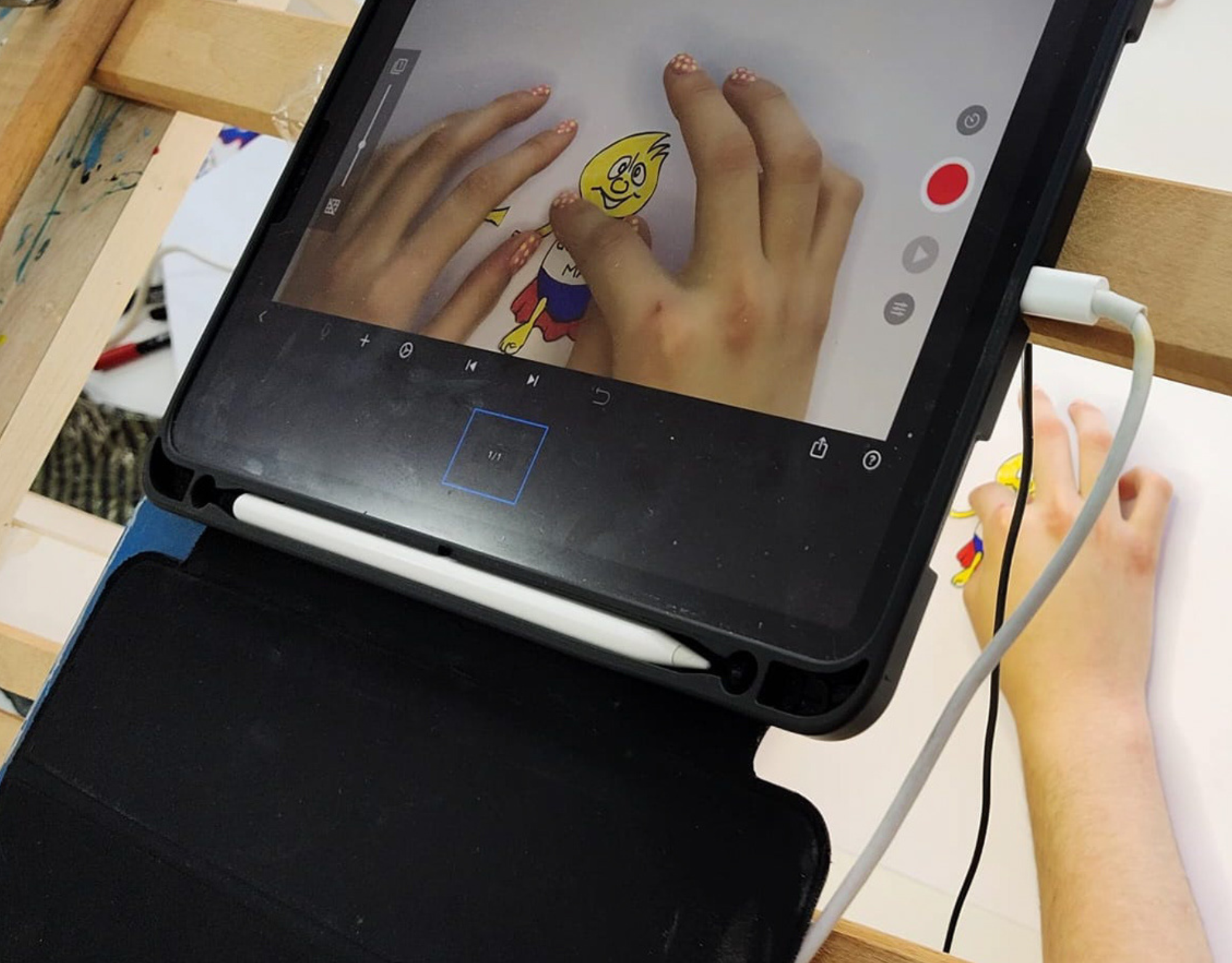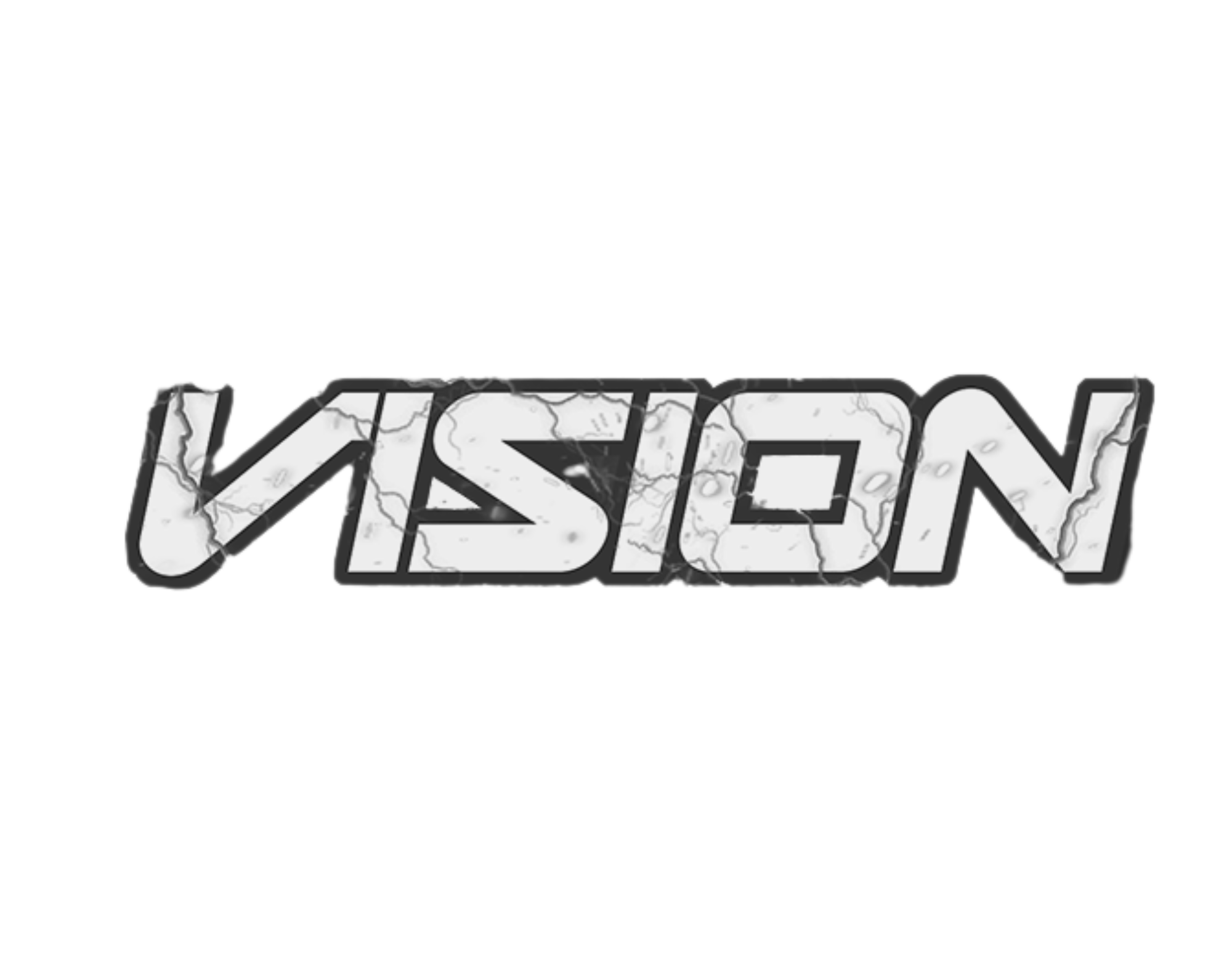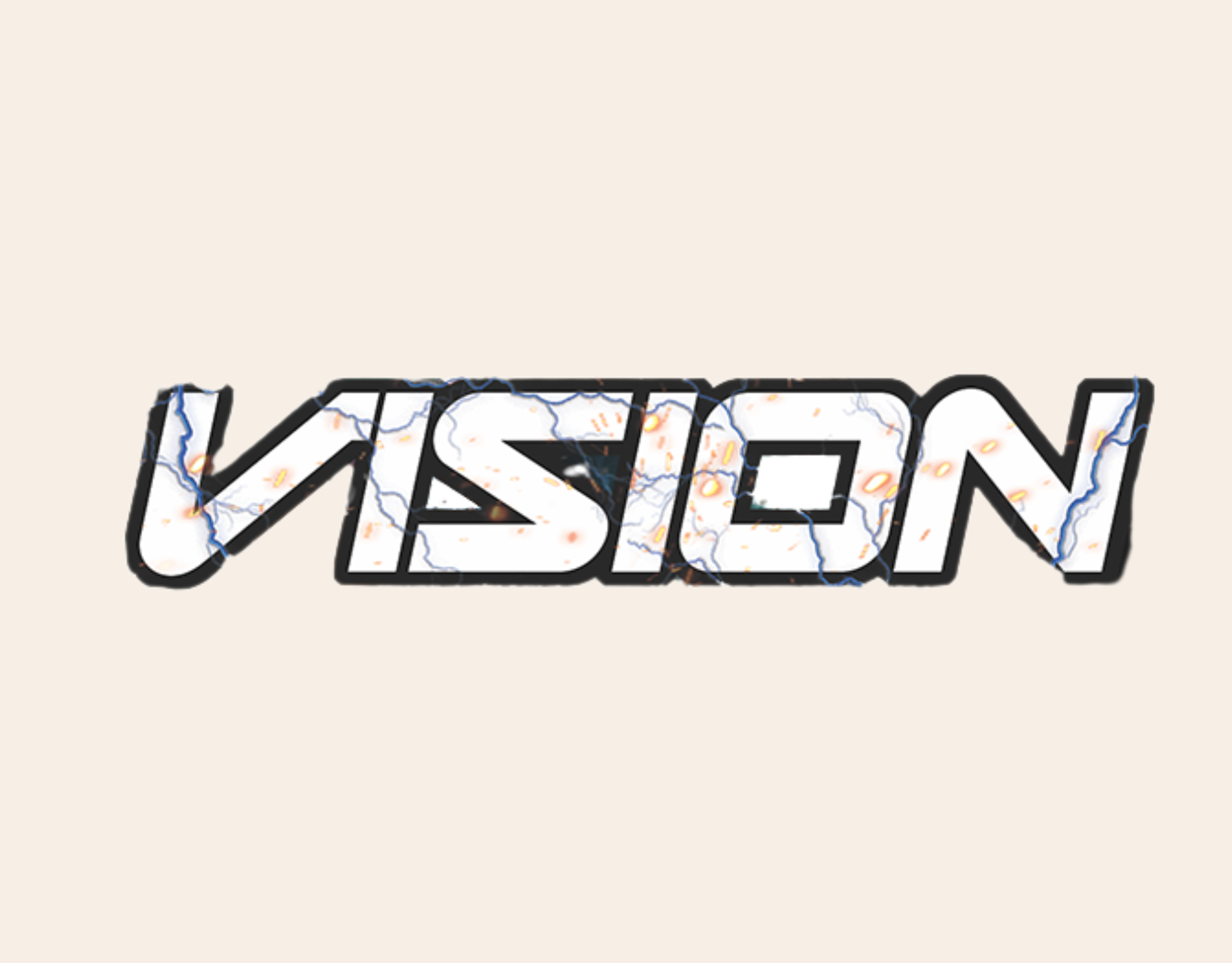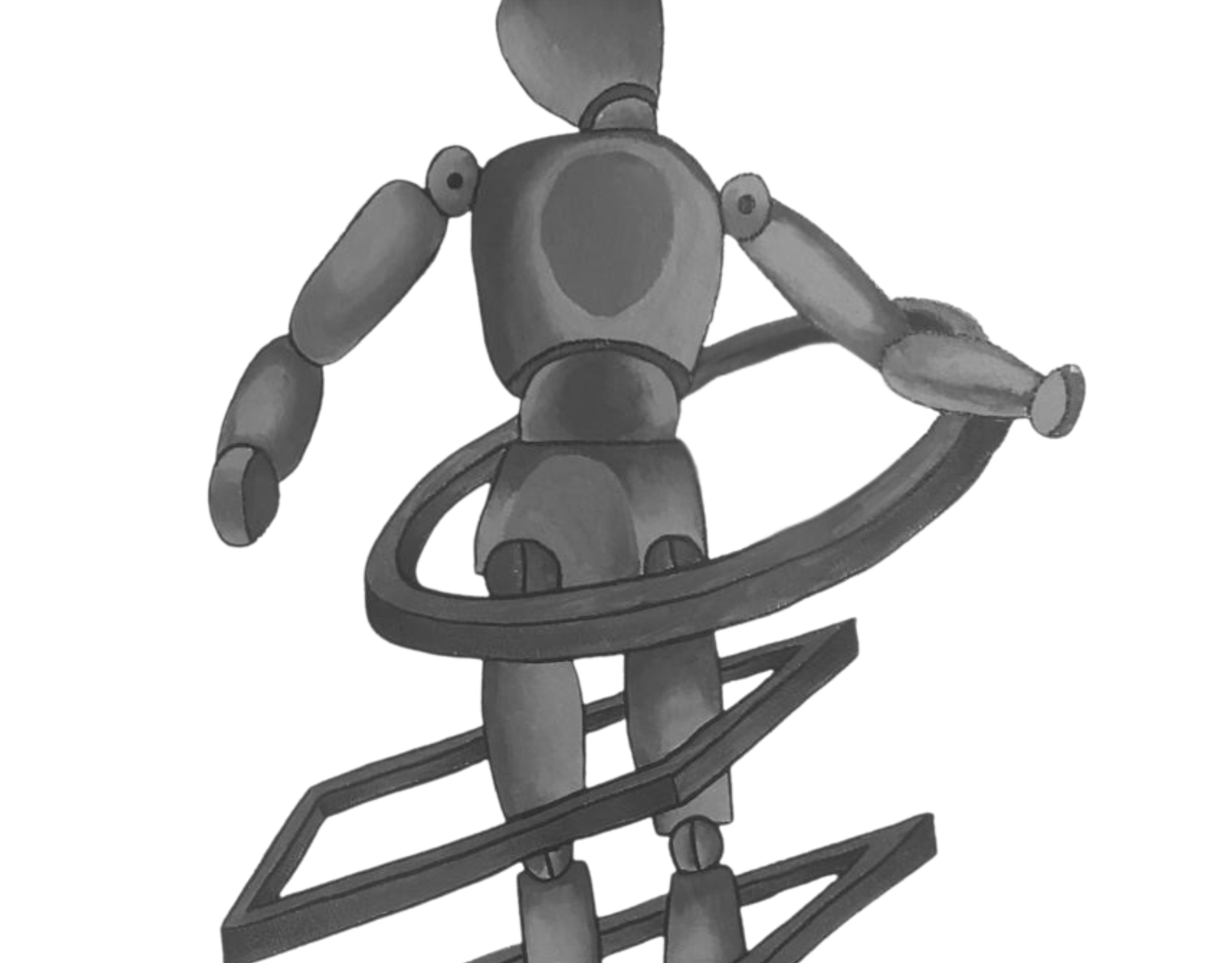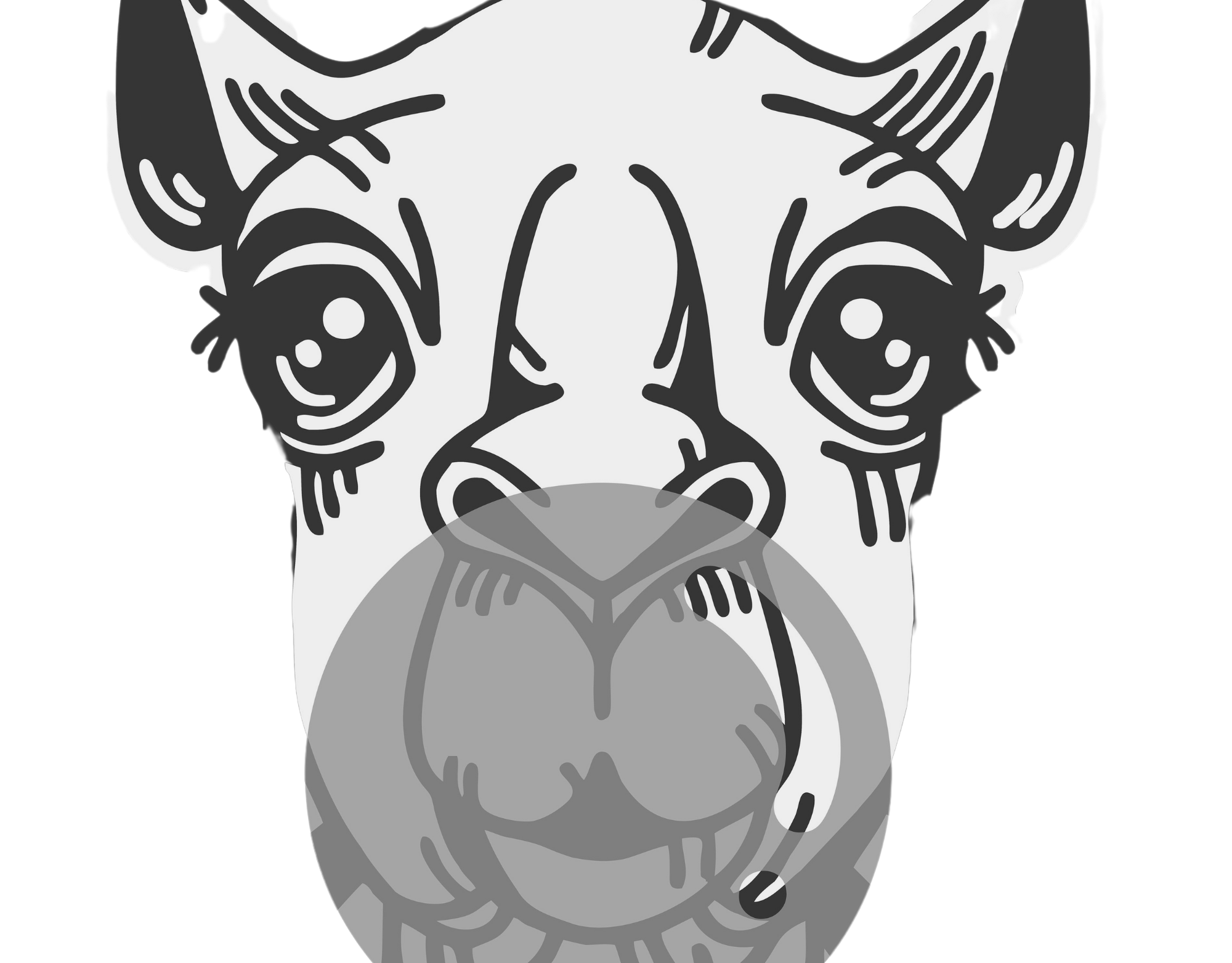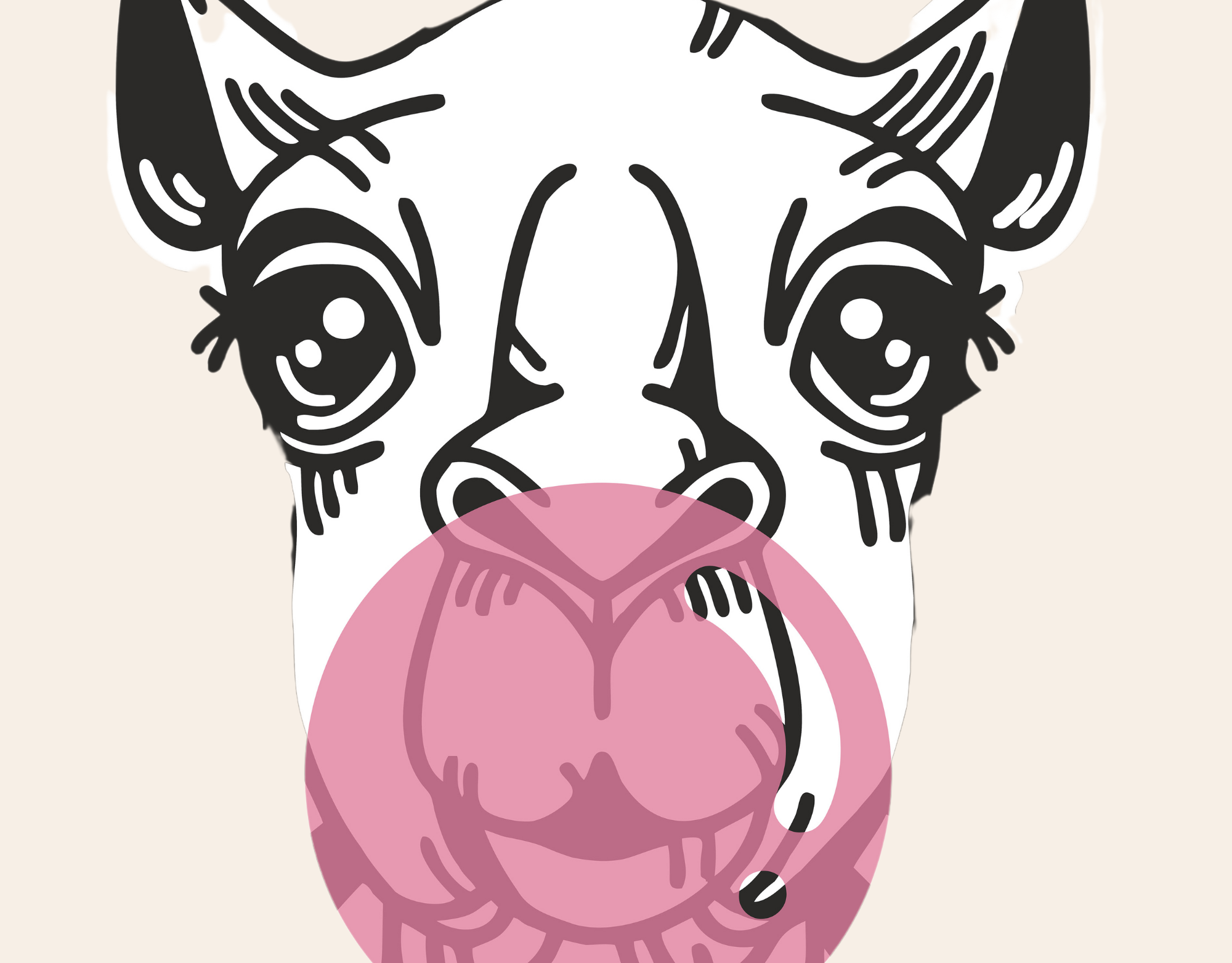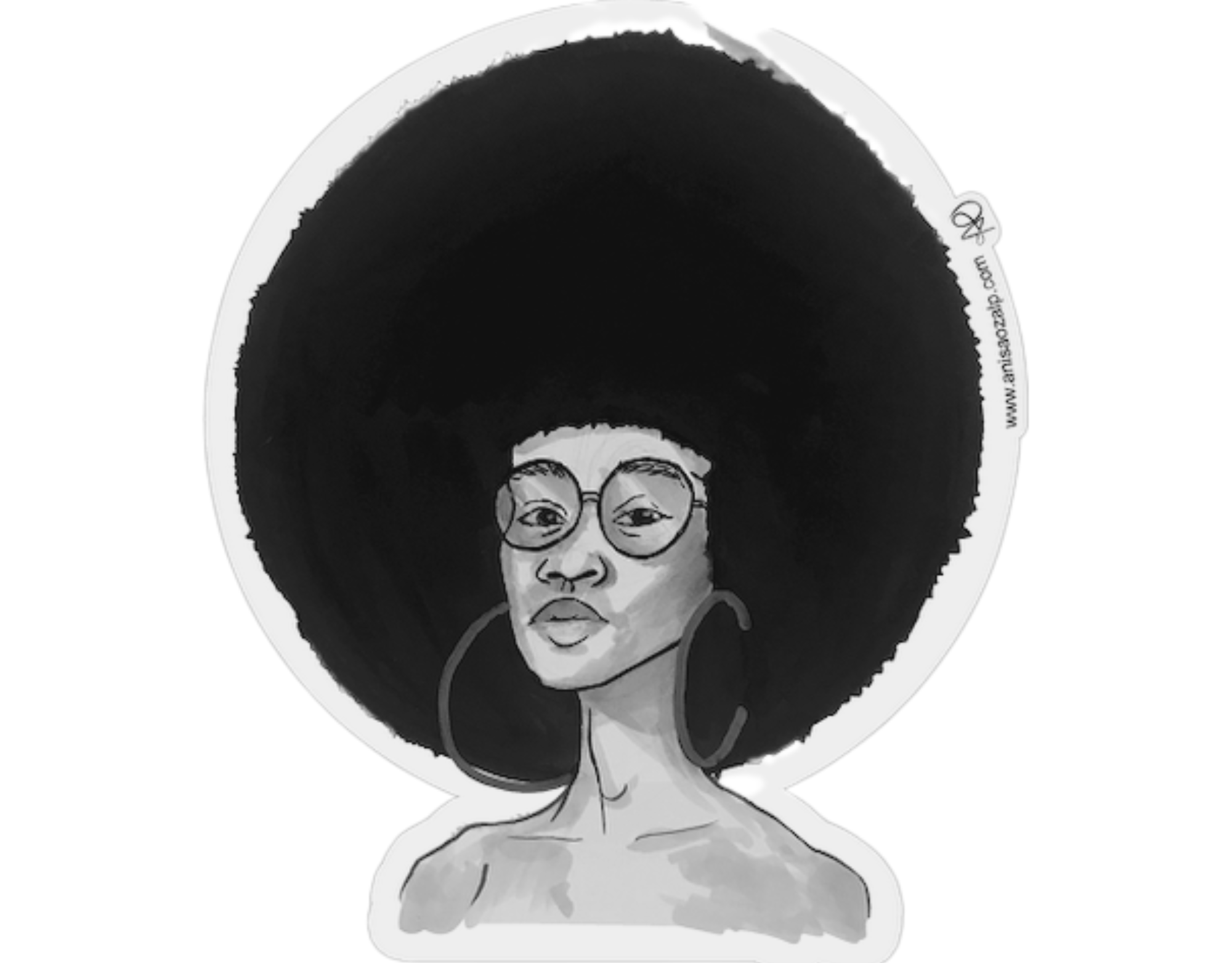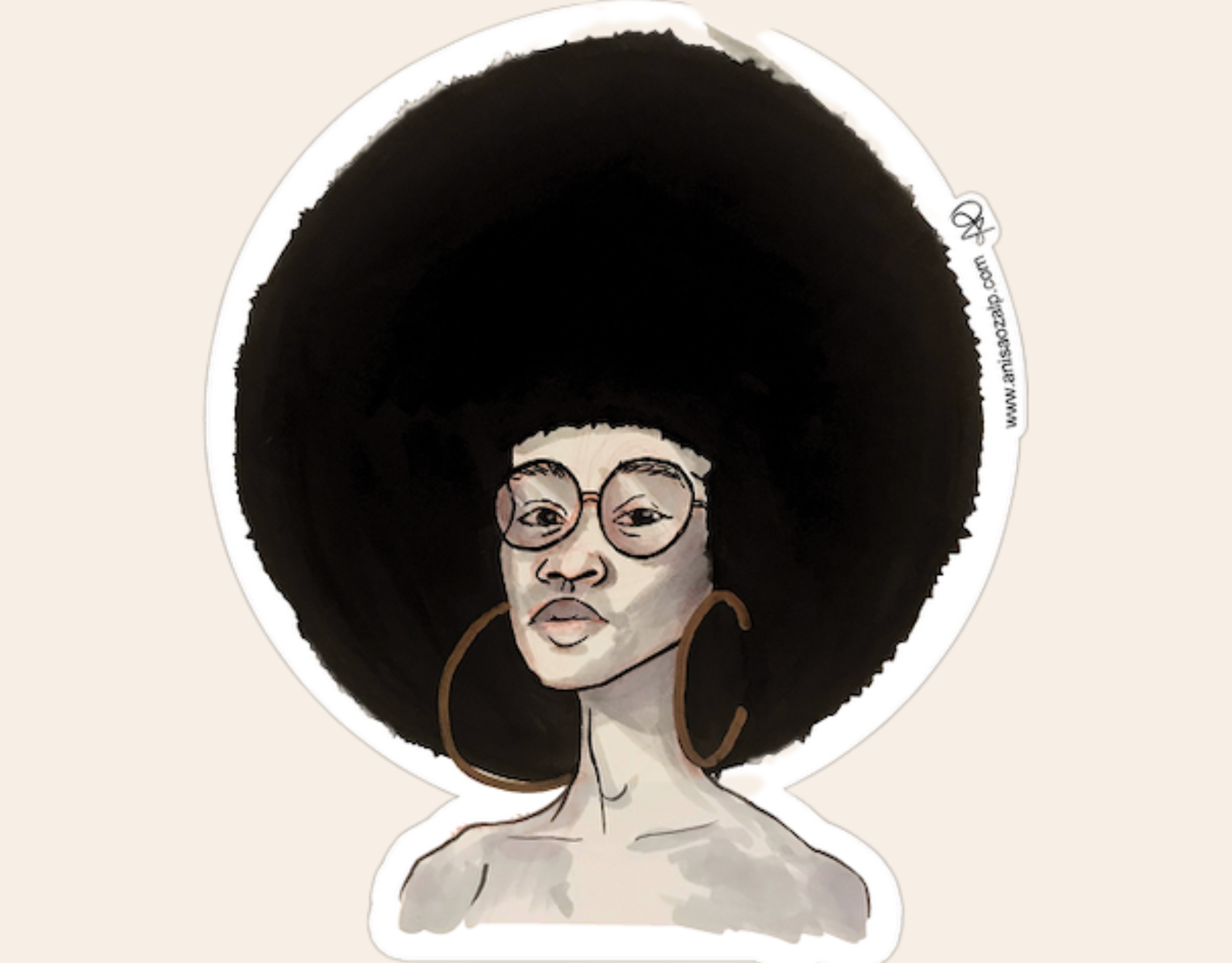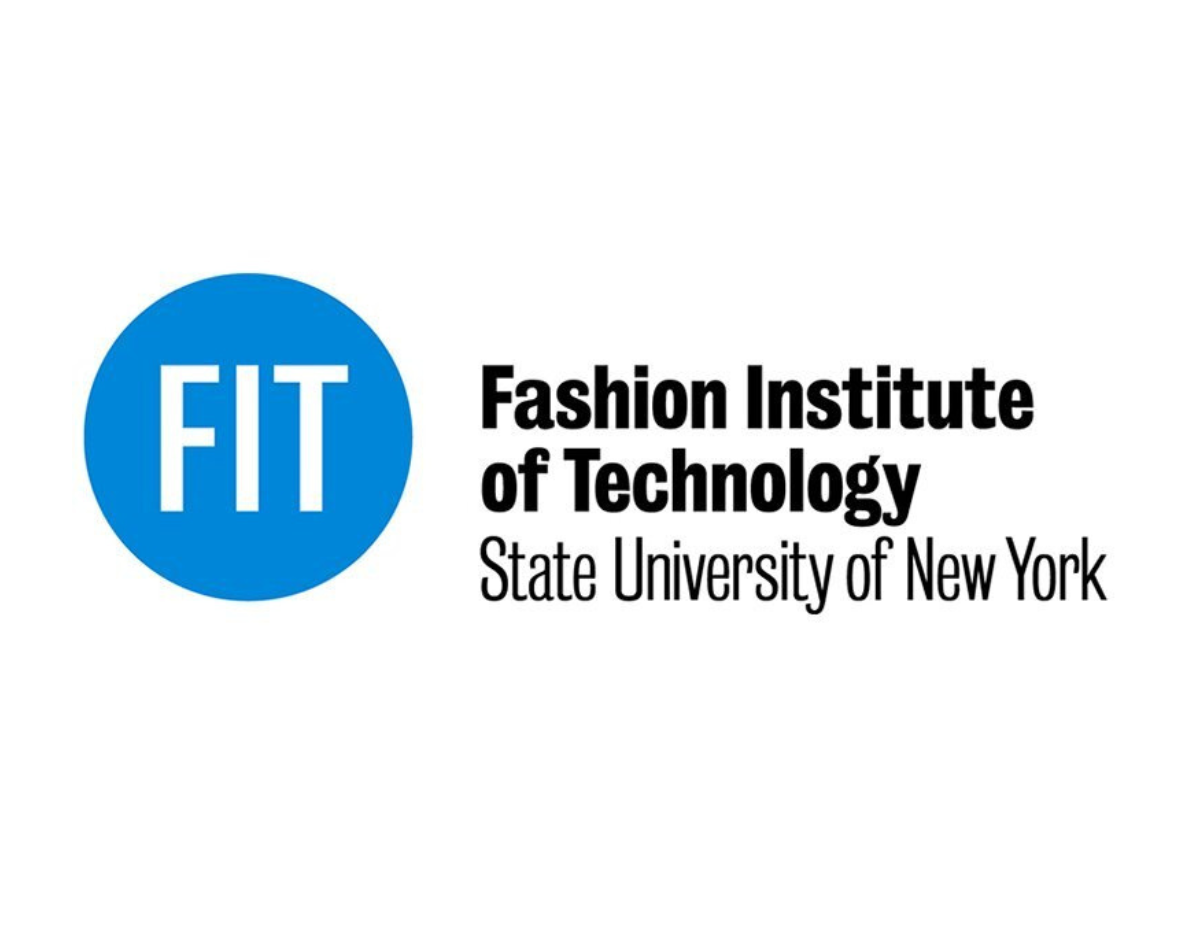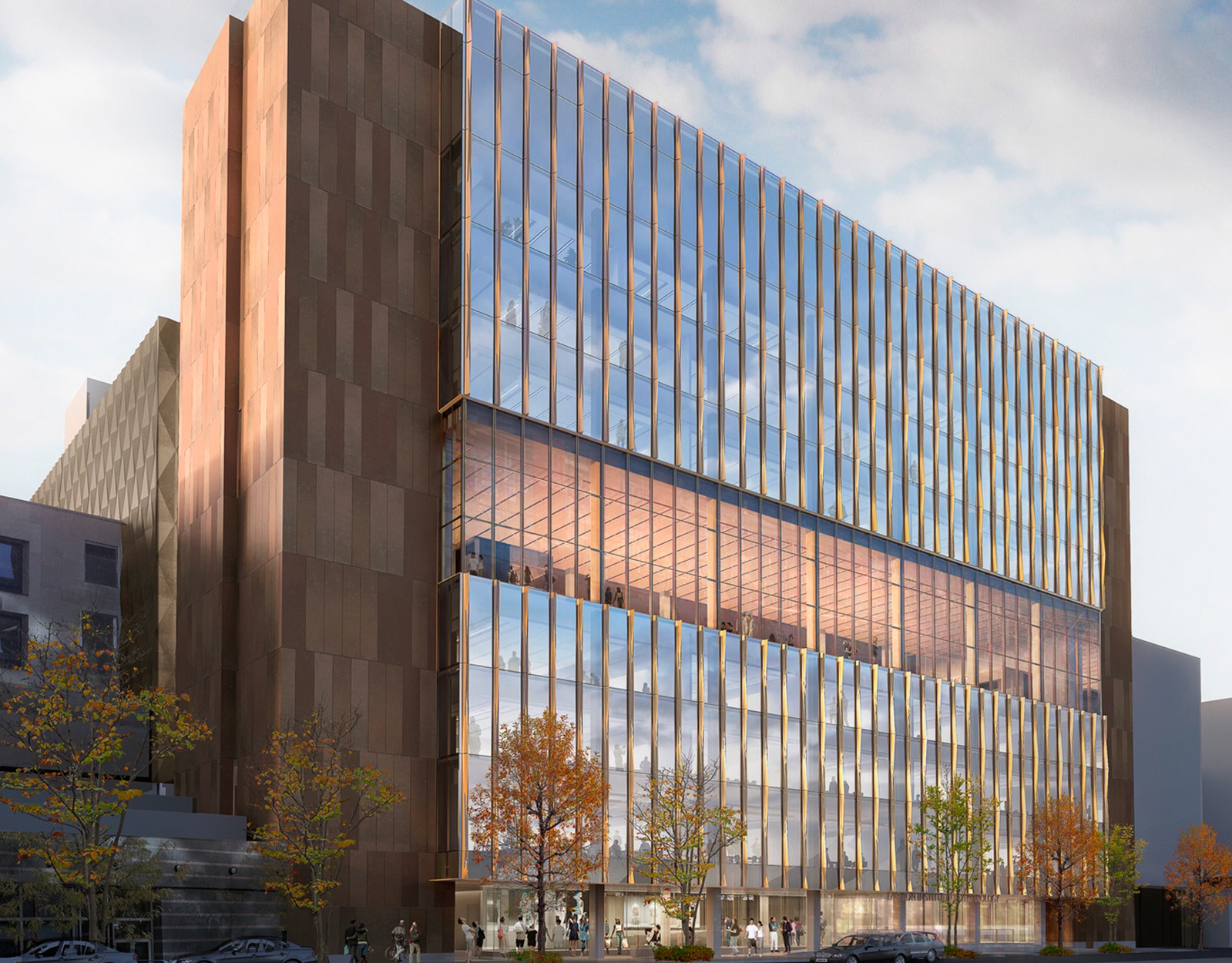
Greeting Card Envelope
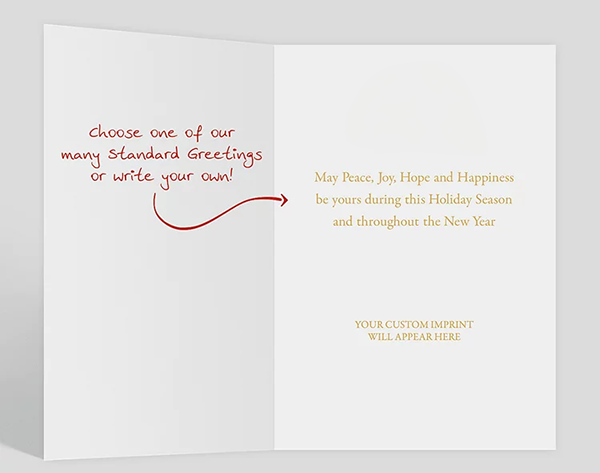
Anisa's Greeting Card Design Vision
Anisa, a designer, merges traditional art with modern techniques to create intricate greeting card designs that resonate emotionally and visually. Her work balances trendiness and timeless appeal, offering designs that uplift and inspire.
Key Design Principles
Color Psychology: Colors evoke emotions and set the mood. Blues and greens bring calmness, while reds and oranges energize. Thoughtful palette selection enhances the emotional impact of greeting cards.
Patterns & Scale: The scale of patterns influences perception. Larger patterns create an intimate feel, while smaller ones add spaciousness. Designs range from geometric and floral to abstract and thematic, blending trends with timeless styles.
Material & Texture: Choosing paper or embellishments, such as embossing or foiling, enhances a card's visual appeal and durability.
Innovative Approach: This signature piece transforms Tezhip (traditional illumination) into contemporary greeting card art. It blends heritage with modern aesthetics and features regal hues, gold accents, and timeless motifs.
Symbolism in Flora & Fauna: Designs incorporate flowers and birds, like pheasants and peacocks, to symbolize beauty, elegance, and divinity.
Rumi Calligraphy & Gold Leaf: Elements of sacred calligraphy and genuine gold leaf evoke a sense of luxury and spiritual depth.
Birds as Design Icons: In Anisa's work, birds represent grace and harmony rather than biological realism.
Pheasant-Inspired: Elongated tails add a regal flair.
Peacock-Inspired: Eye-like tail details bring vibrancy.
Parrot-Inspired: Curved beaks and vivid hues exude energy and joy.
Design Philosophy
S-Shaped Curves: Representing fluidity and connection, intricately woven into designs.
Circular Motifs: Symbolizing divinity and eternity, these unify geometric patterns.
Interconnected Elements: Every detail originates from a central point, reflecting balance and unity.
Tezhip & Greeting Card Fusion: Tezhip, the art of gilded manuscript illumination, inspires Anisa’s work. Originating in the 9th century and flourishing during the Ottoman era, this art involves motifs like Rûmi, hatai, and floral designs. Techniques such as gold sprinkling and shaded halkâri add depth and opulence.
Why Anisa's Designs Stand Out
Emotional Impact: Thoughtfully chosen colors and patterns evoke joy and serenity.
Cultural Heritage: Traditional elements, such as gold leaf and calligraphy, pay homage to historic art forms.
Modern Appeal: Innovative techniques ensure relevance and elegance.
Anisa’s greeting card designs go beyond aesthetics; they tell stories, celebrate heritage, and bring timeless artistry into everyday life. Each piece is a testament to her dedication to beauty, balance, and emotional resonance.
The Role of Gold in Tezhip
I used traditional ancient Tezhip to create the art. Tezhip, derived from the word "zeheb" meaning "gold," is the art of illumination that prominently features gold to enhance the beauty and significance of manuscripts and artworks.
The use of gold serves multiple purposes:
Symbolic Significance ➝ Gold symbolizes wealth, power, enlightenment, and divinity, adding profound meaning to the illuminated pieces.
Visual Impact ➝ The radiant and reflective properties of gold enhance the visual appeal of manuscripts, creating a luminous effect that captivates viewers.
Durability ➝ Gold's resistance to corrosion and fading ensures that the gilded elements of the artwork remain preserved over time, maintaining their original luster.
Contrast ➝ When applied alongside other colors and materials, gold provides a sharp contrast, emphasizing and highlighting key elements within the design.
Artistic Versatility ➝ Gold can be applied in various forms, such as gold leaf or paint, allowing artists to experiment with different techniques to achieve desired visual effects.
The Gold Application Process in Tezhip
➝ Preparation: Gold leaf is mixed with a binding agent like Arabic gum and water to create a putty-like substance.
➝ Application: This mixture is finely ground to a paint-like consistency and applied to the designated areas of the design.
➝ Burnishing: Once applied, the gold is polished using a burnisher, often made of polished agate, to achieve a brilliant shine.
➝ Application: This mixture is finely ground to a paint-like consistency and applied to the designated areas of the design.
➝ Burnishing: Once applied, the gold is polished using a burnisher, often made of polished agate, to achieve a brilliant shine.
Anisa's Approach to Gold in Tezhip
In her work, She blends traditional Tezhip techniques with modern design elements. For example, in Magnificent Fresco, She integrated Tezhip with classic motifs. This piece features intricate floral designs and genuine gold leaf, paying homage to the opulent illuminated manuscripts of the past while ensuring harmony with contemporary aesthetics.
DIGITAL DRAFT PROCESS
Anisa Ozalp seamlessly integrates tradition with technology, employing digital tools to enhance precision and creativity. Her designs are luxurious yet sustainable, catering to diverse tastes while minimizing environmental impact.
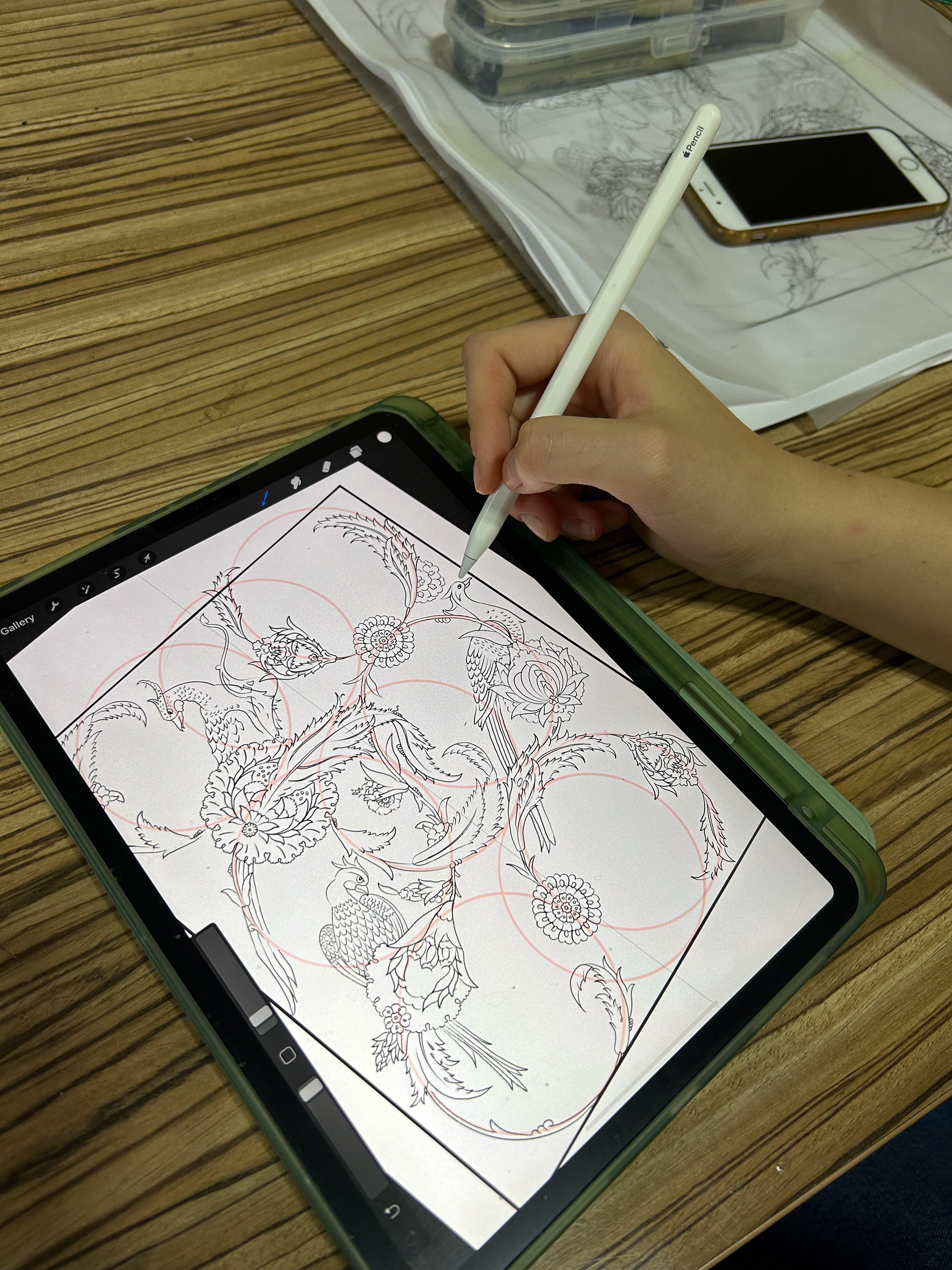
Digital Process

Tezhip Process
PAPER SKETCH PROCESS
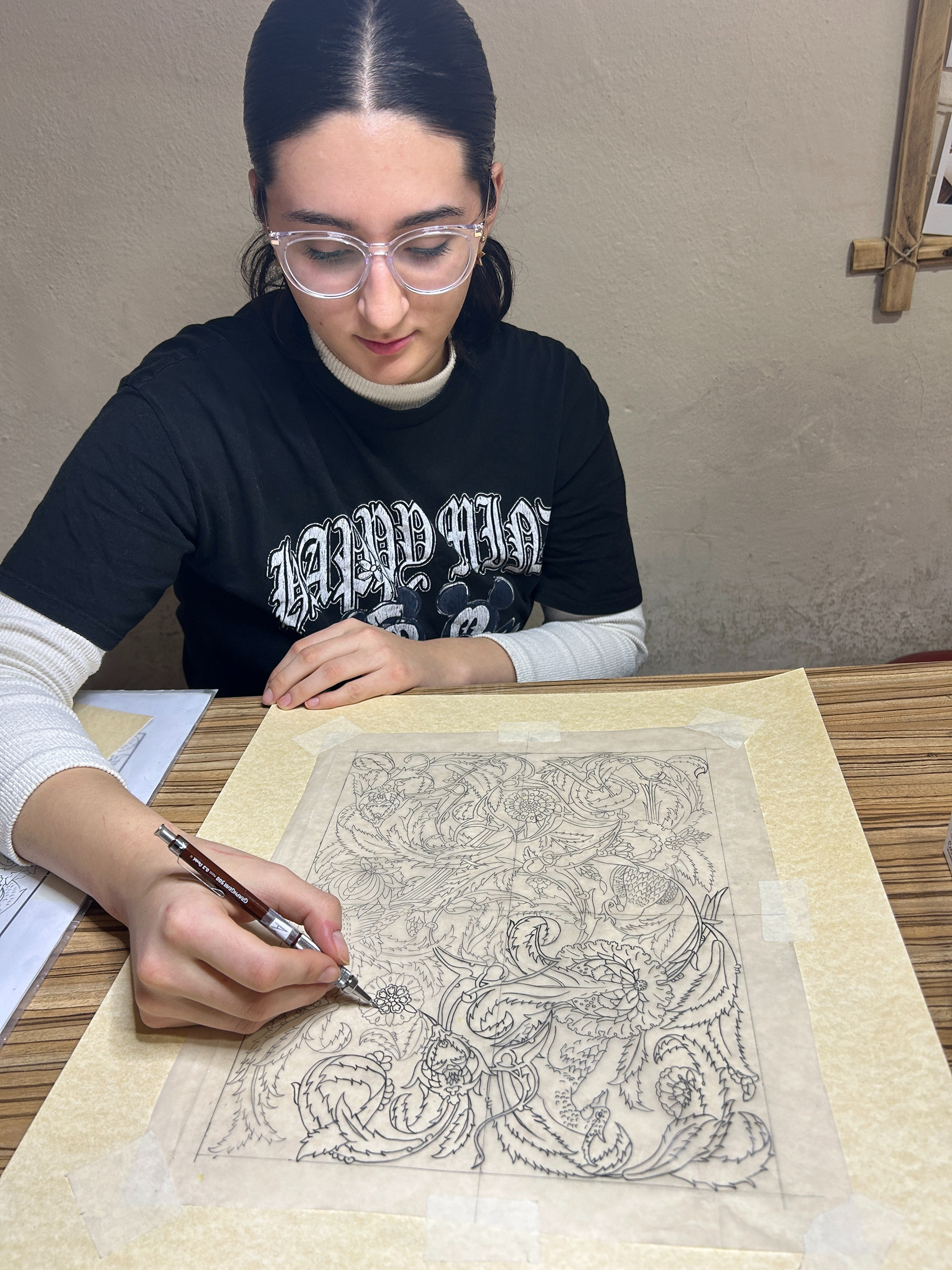
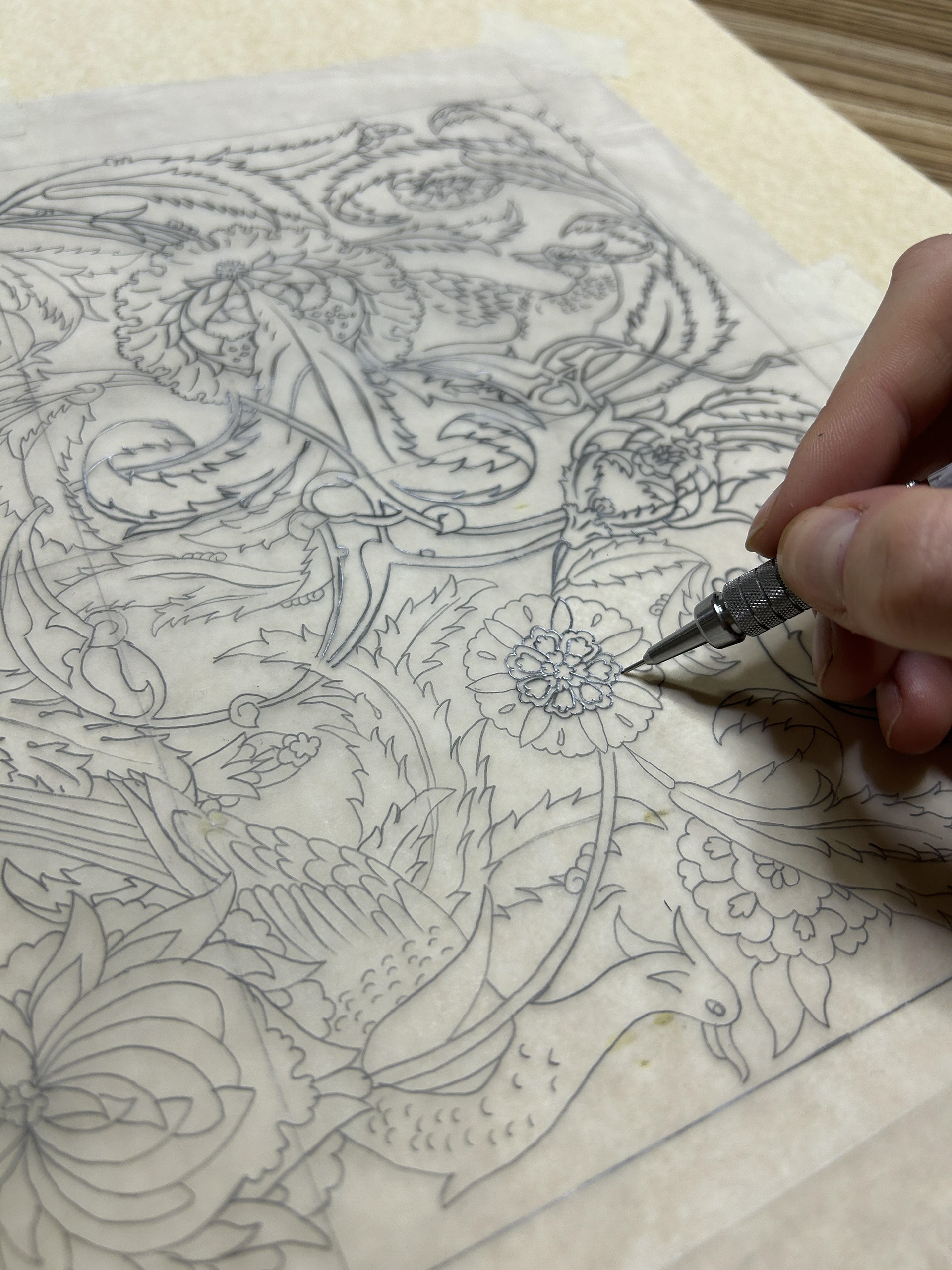
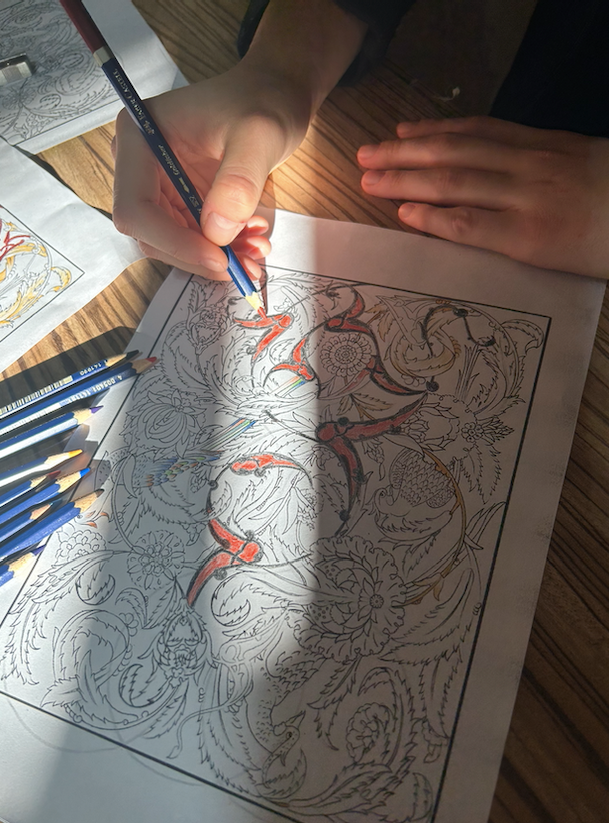
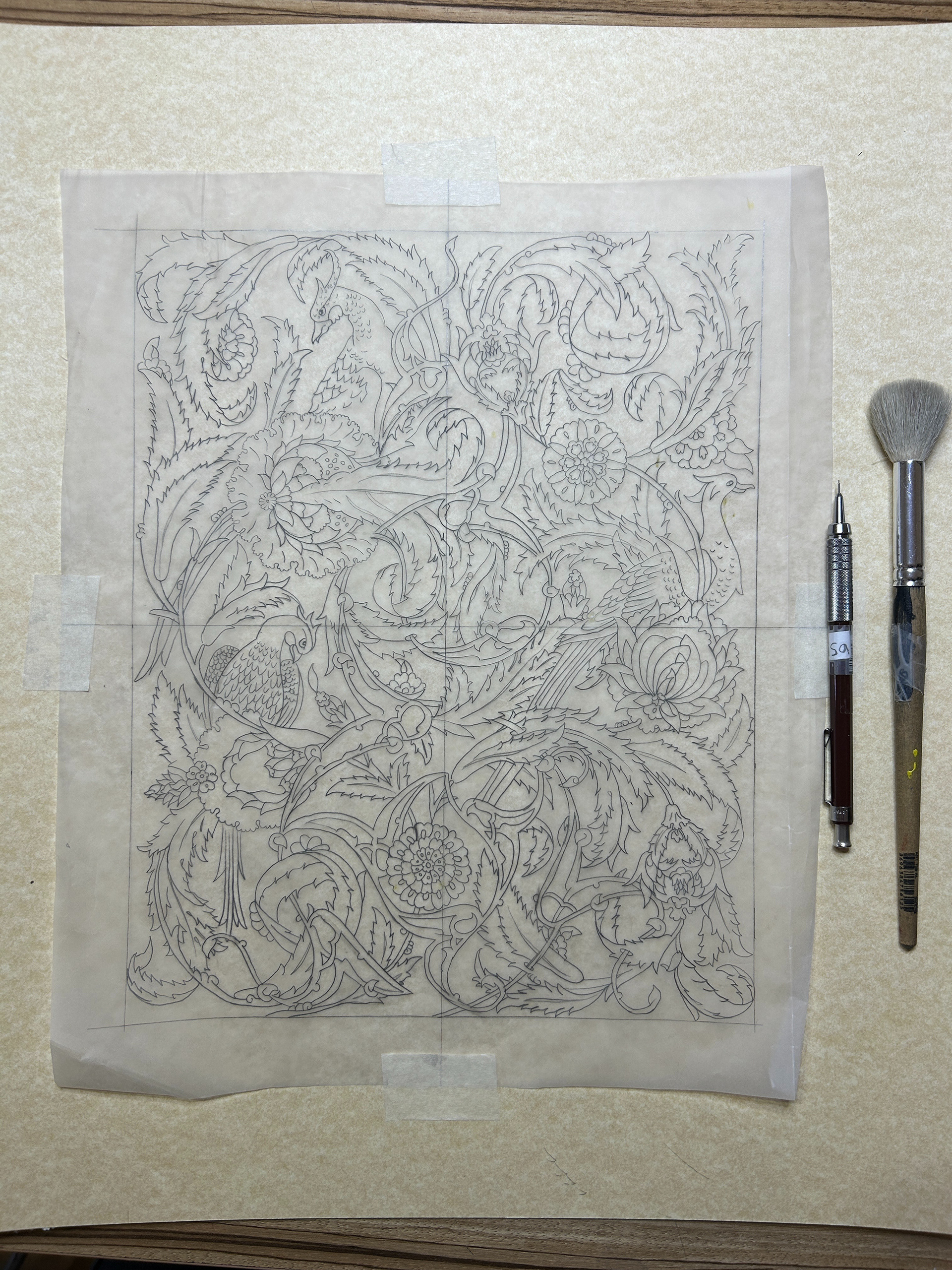
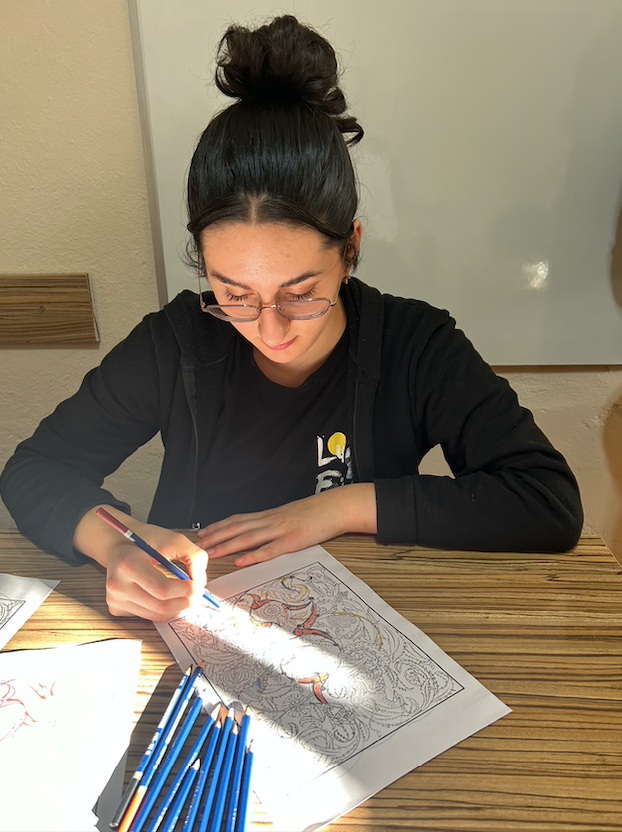

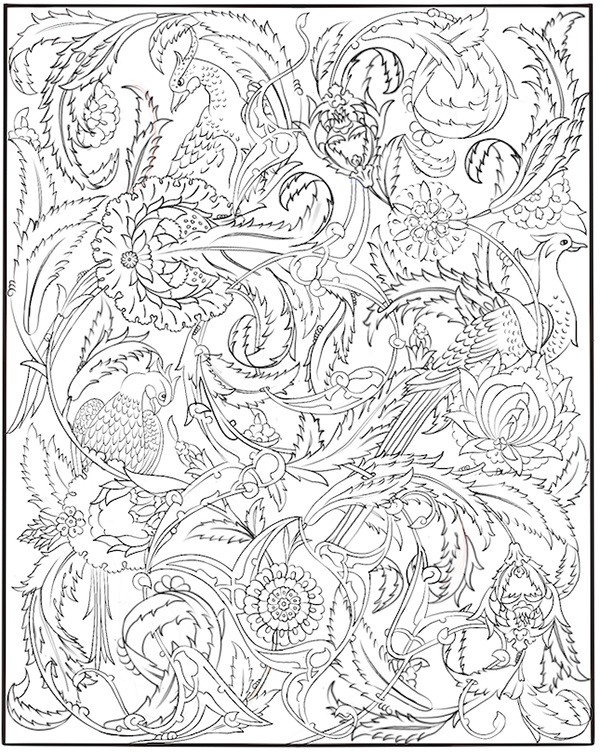
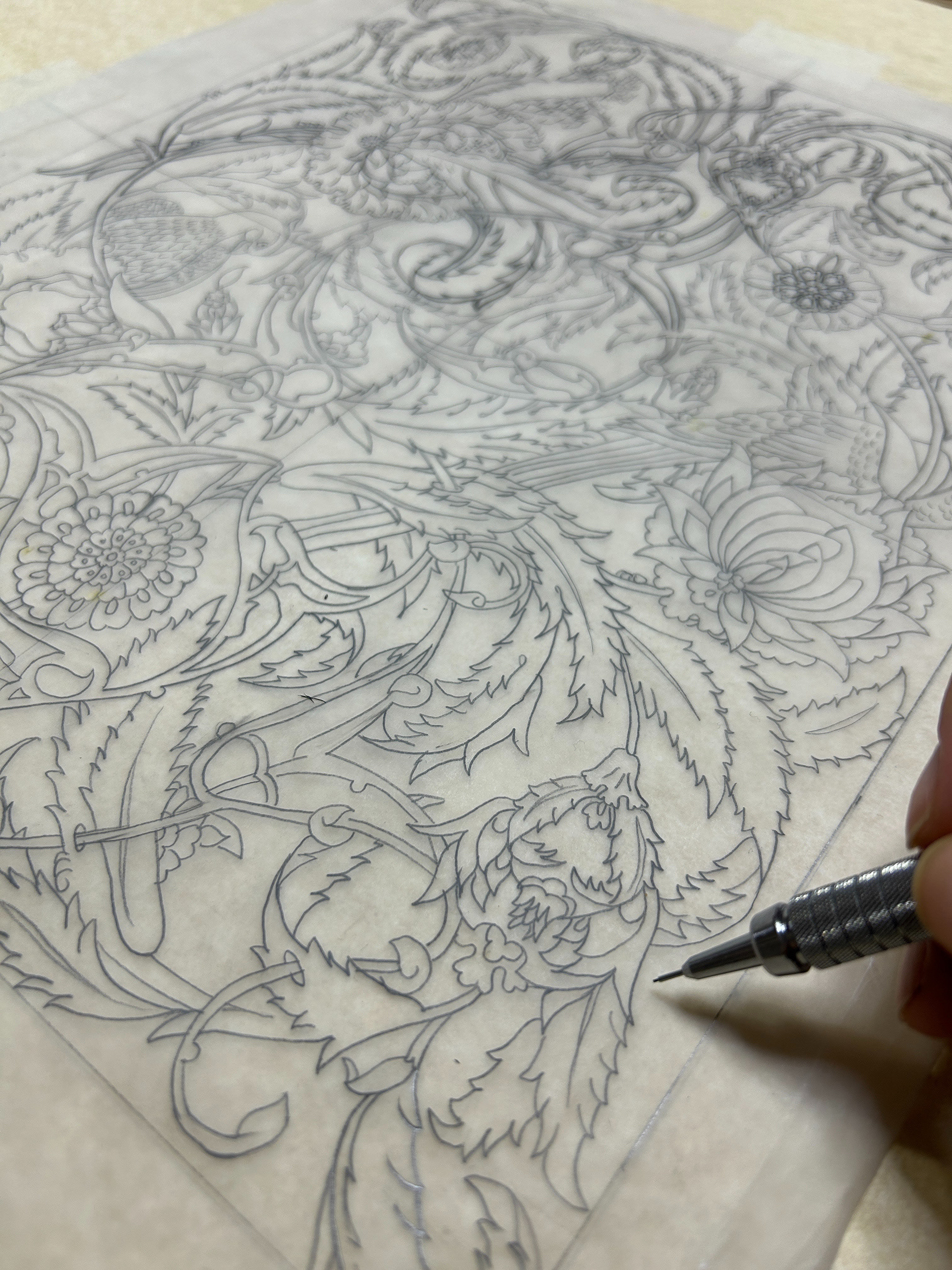
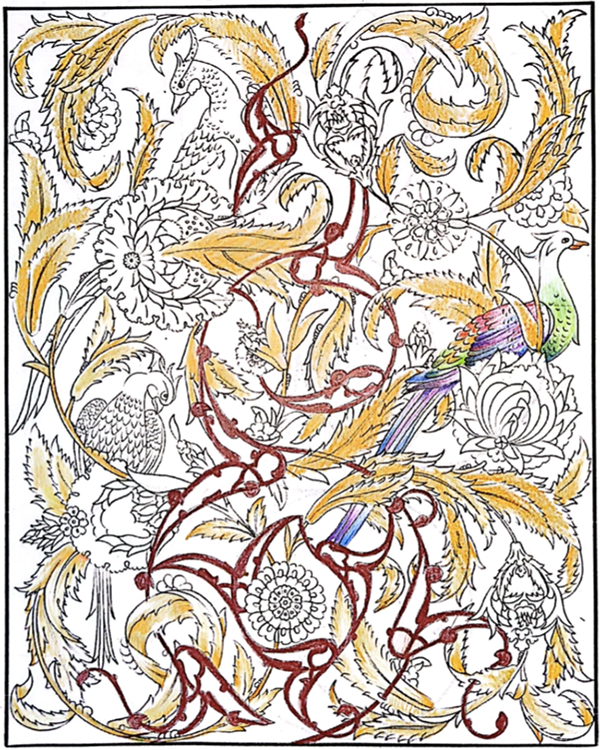
TRADITIONAL SKETCH PROCESS
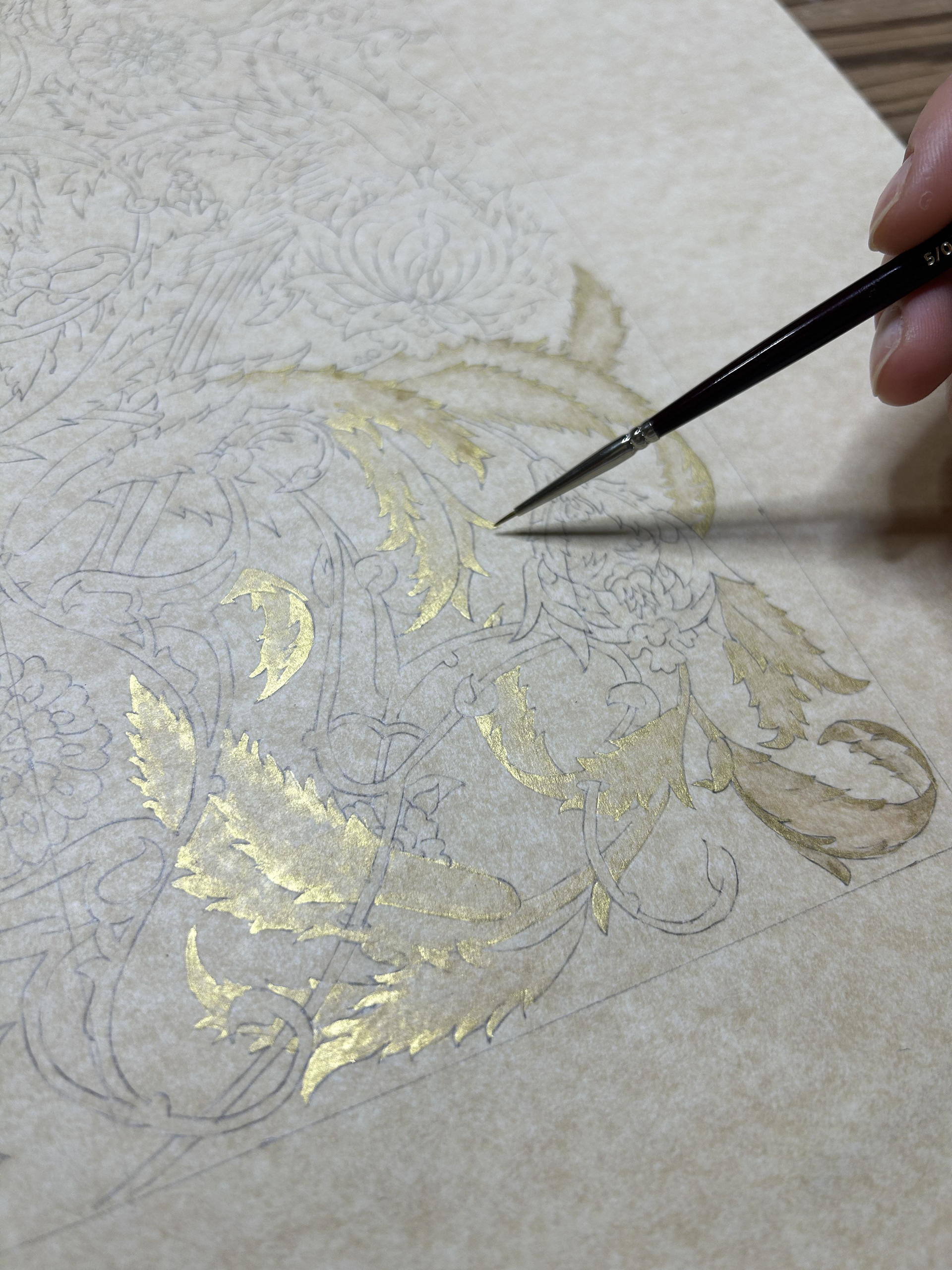
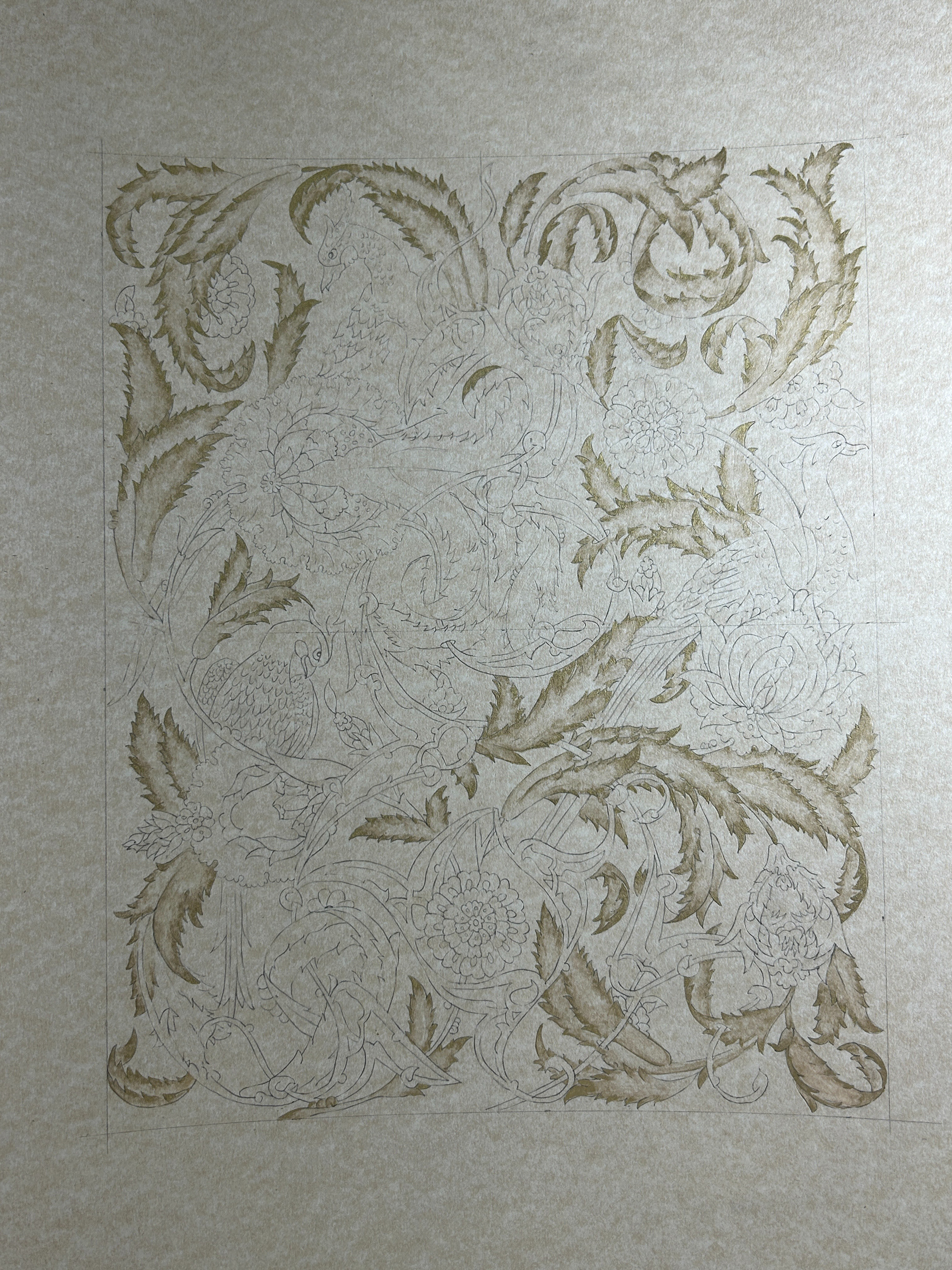
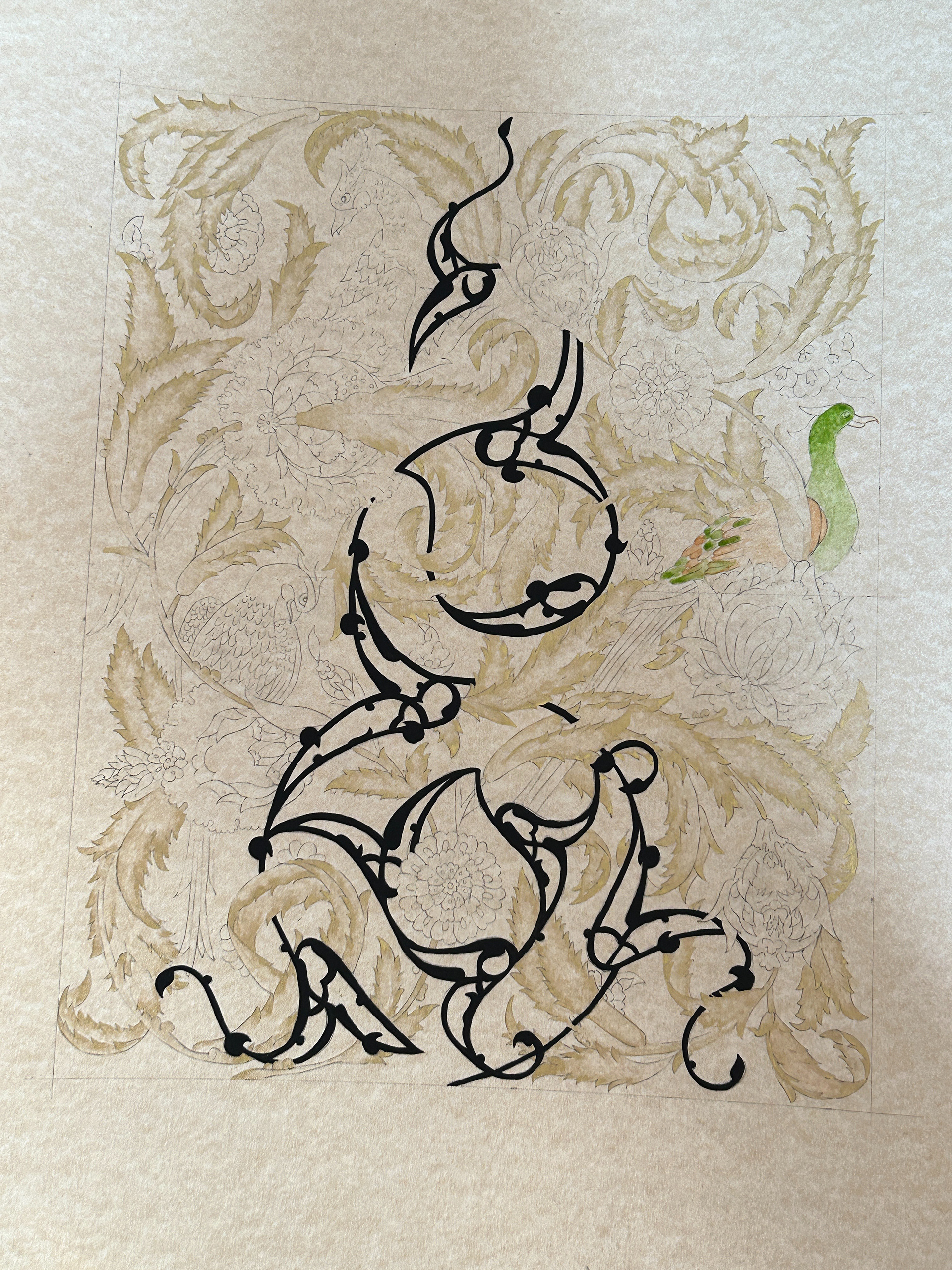

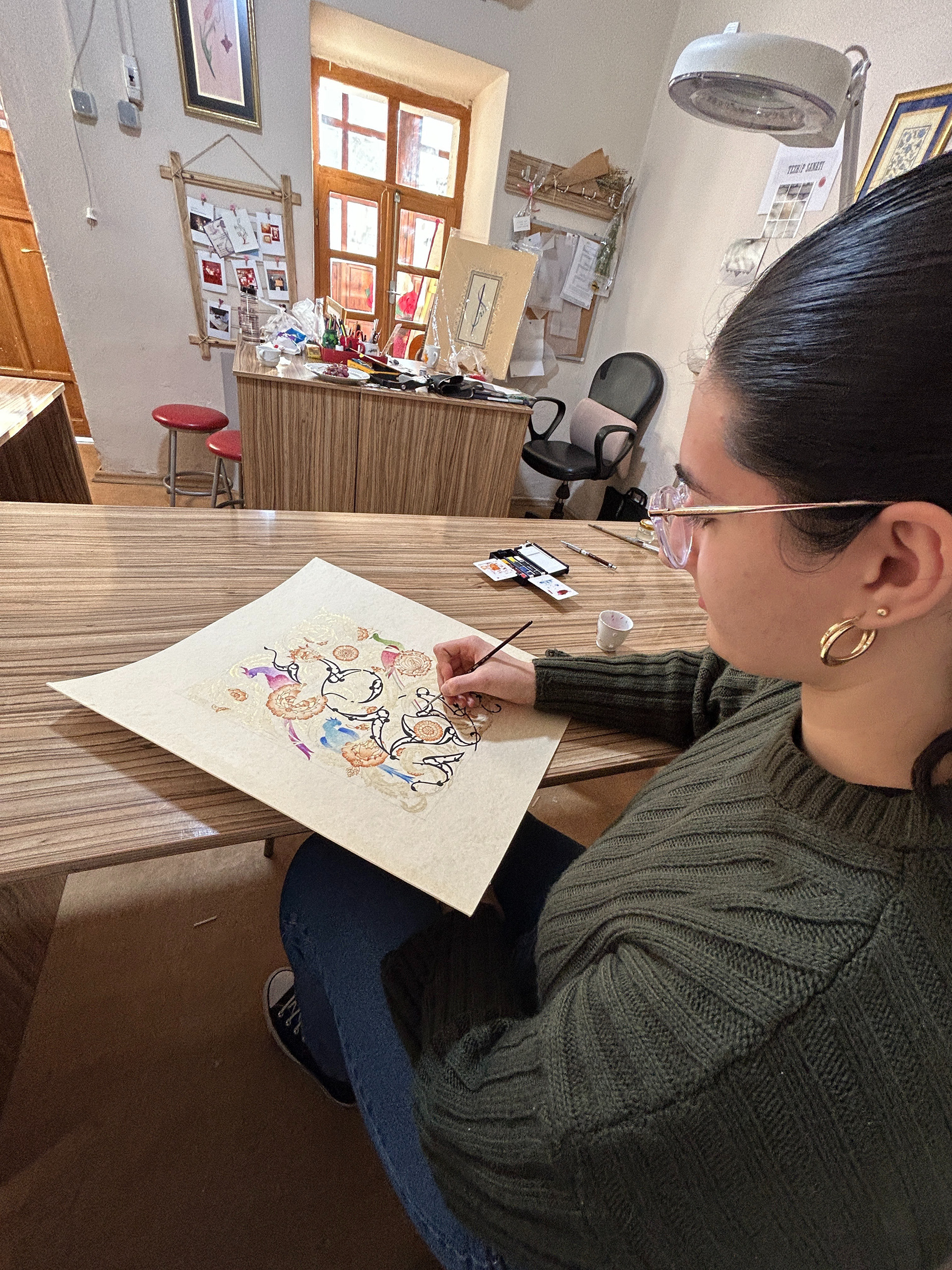
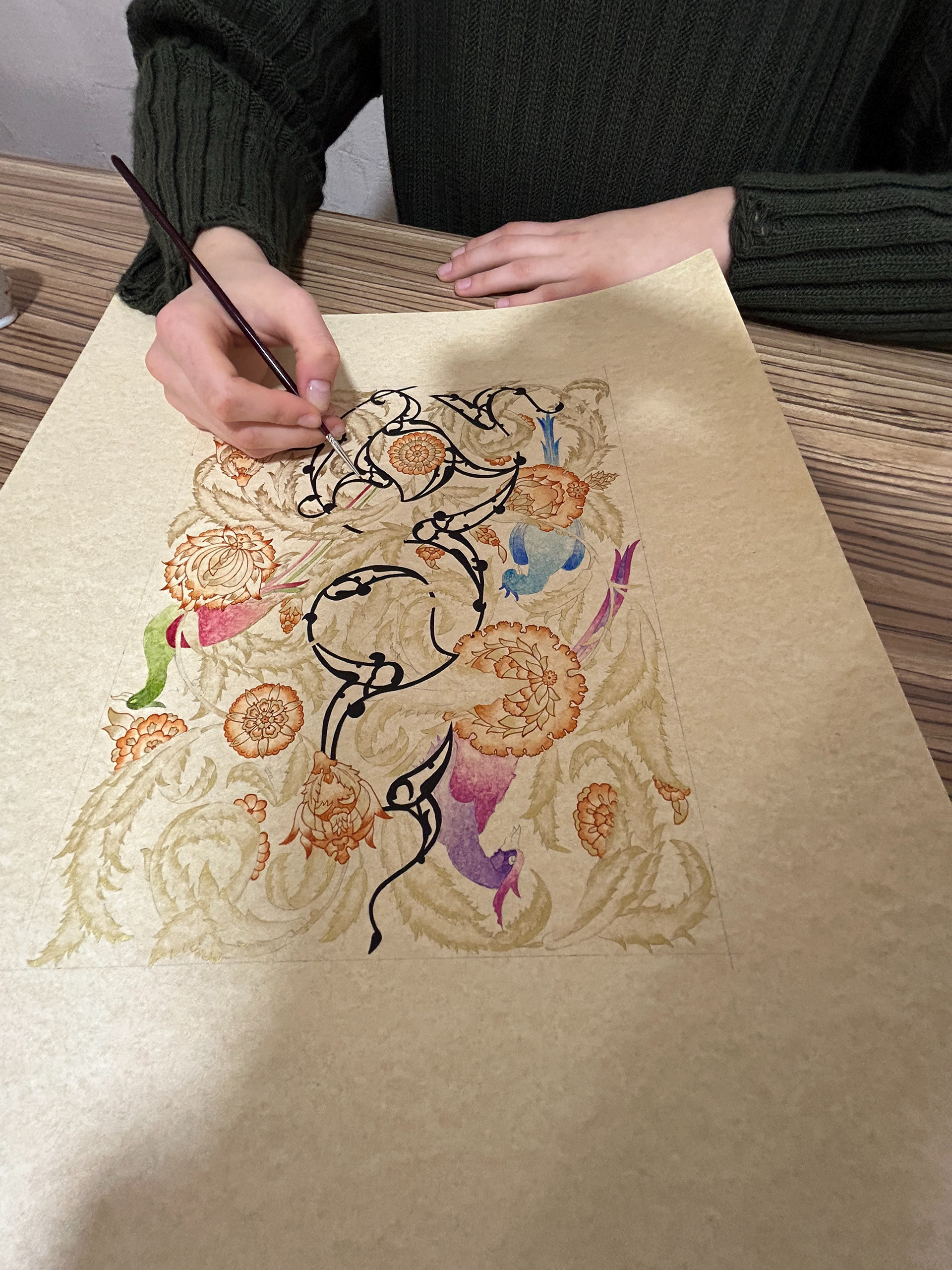
TEZHIP ILLUMINATION PIECE and GREETING CARD
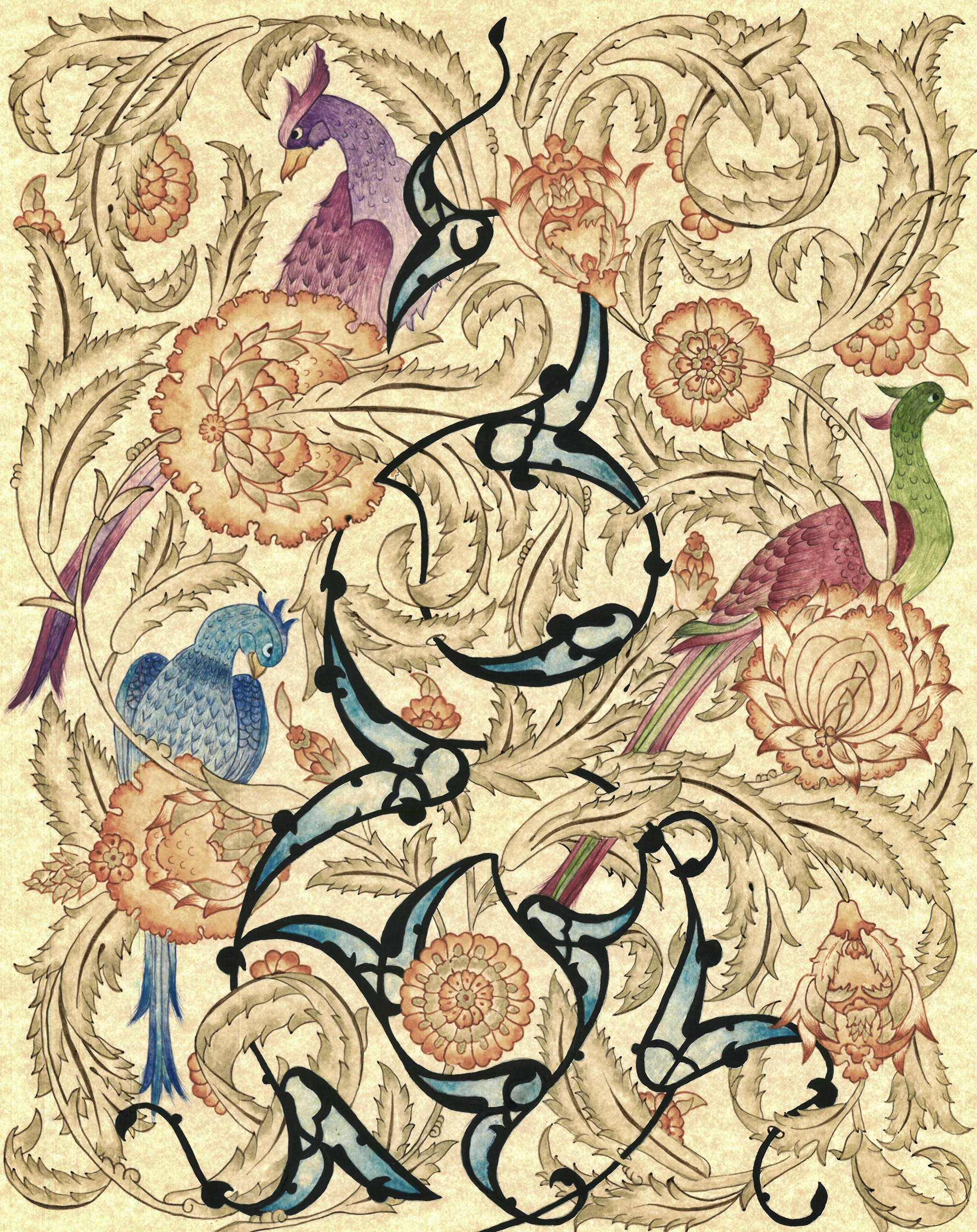

FRAMED VERSION
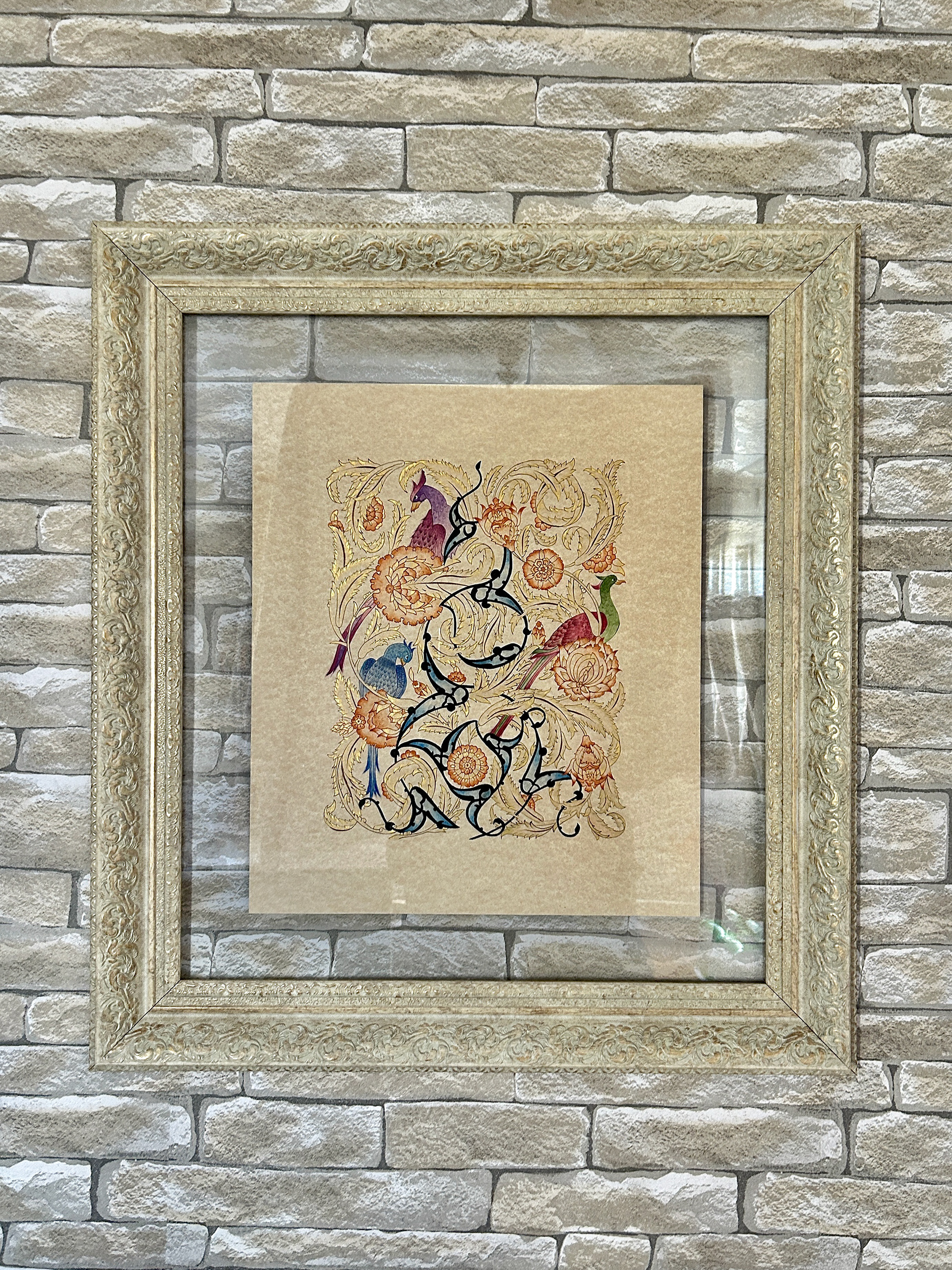

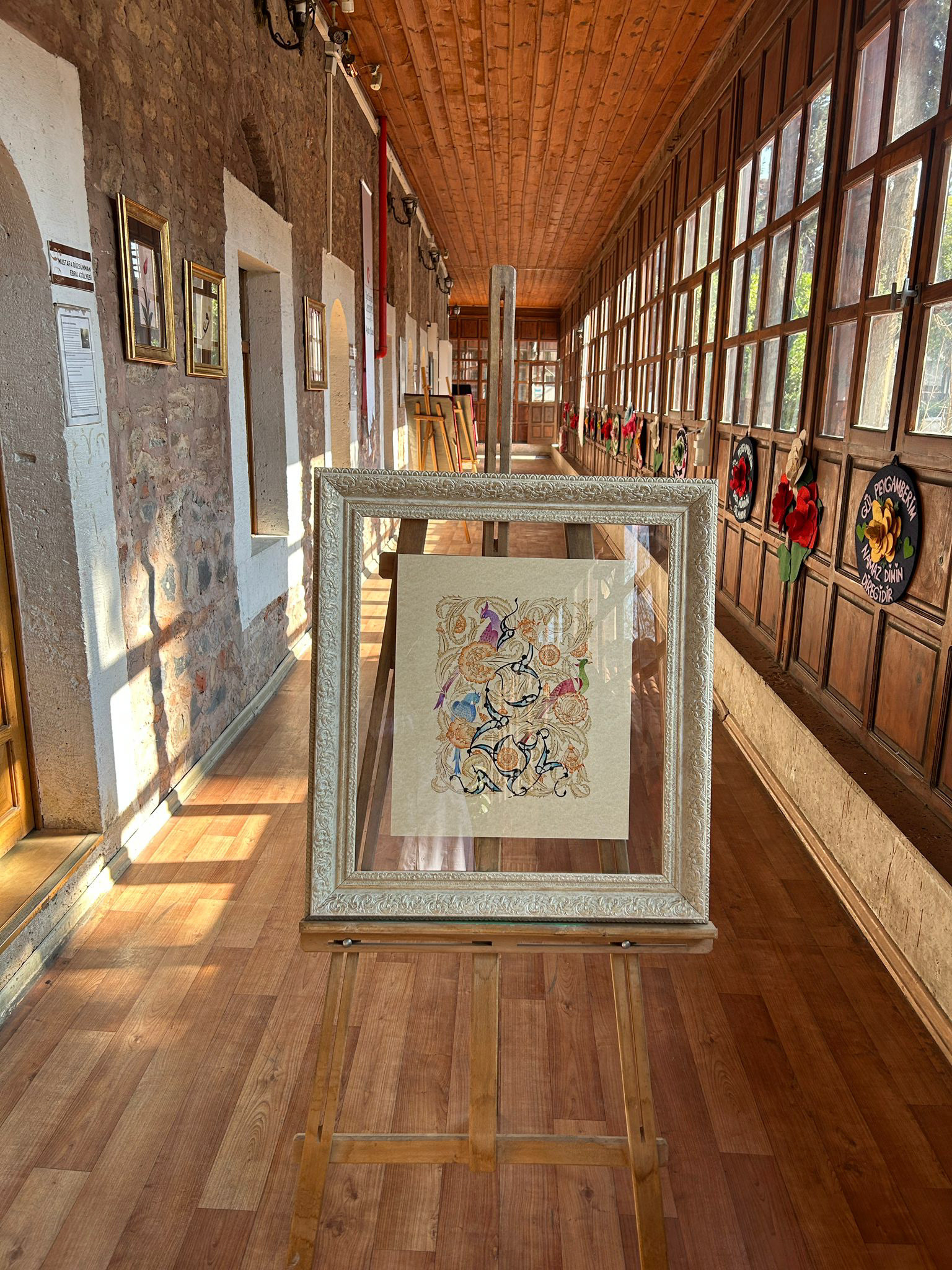
DIFFERENT VARIATIONS


COMMISSION
You can commission Anisa for greeting card design, Tezhip-inspired artwork, and custom visual projects—use the contact page to begin.



